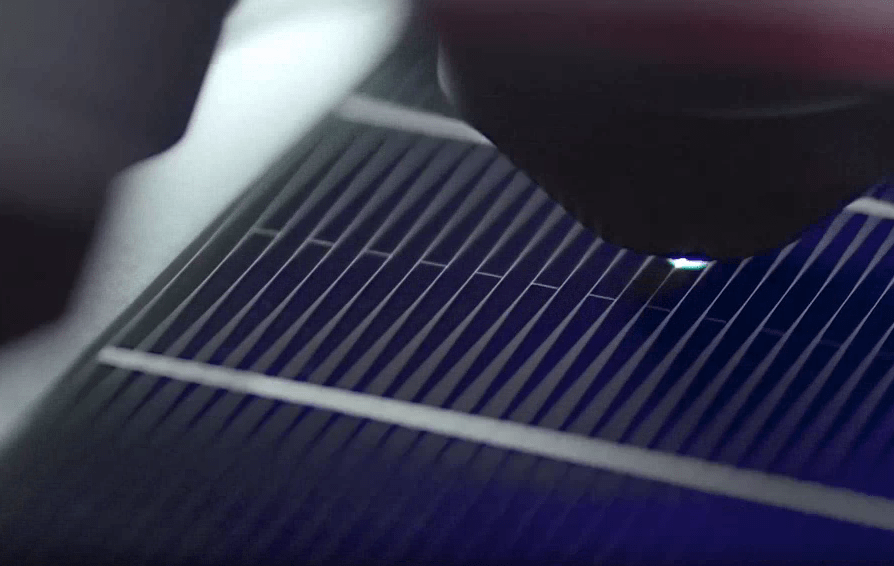If you’re new to the world of solar photovoltaic (PV) cells, you might wonder why so much emphasis is placed on a process called passivation. Let’s break it down in simple terms and explain why passivation is crucial for enhancing the efficiency of solar cells.
Understanding Solar Cells
A solar cell is a device that converts sunlight directly into electricity. The basic principle behind this is called the photovoltaic effect. When sunlight hits the surface of a solar cell, it excites electrons in the material, causing them to jump into a higher energy state. These excited electrons can then move through the material, creating an electric current.

The Challenge: Electron Recombination
In an ideal scenario, all the excited electrons would contribute to the electric current. However, in reality, solar cells have many tiny imperfections or defects on their surfaces. These defects can trap excited electrons, causing them to recombine with holes (the absence of an electron) instead of generating electricity. This process is called electron recombination, and it reduces the efficiency of the solar cell.
The Solution: Passivation
Passivation is a technique used to reduce electron recombination by “passivating” or neutralizing the defects on the surface of the solar cell. Essentially, a passivation layer is applied to the surface of the cell to cover up these defects. This layer acts as a barrier, preventing the excited electrons from recombining with holes and instead guiding them to where they can contribute to the electric current.
Back-Surface Passivation
One common form of passivation is back-surface passivation. This involves applying a passivation layer to the back side of the solar cell. This layer not only reduces electron recombination but also improves other electrical properties of the cell, such as the fill factor (which affects the overall power output) and short-circuit current (the maximum current the cell can produce).
Common Passivation Methods
There are several methods to achieve effective back-surface passivation:
- Aluminum Oxide (Al₂O₃) Passivation: In this method, a thin film of aluminum oxide is applied to the back of the solar cell. This can be done using techniques like atomic layer deposition (ALD), which allows the oxide layer to form evenly and effectively. Aluminum oxide is highly resistant to electric current, which helps prevent electron loss and thus enhances the cell’s efficiency.
- Silicon Nitride (SiNx) Passivation: Another common method uses a thin layer of silicon nitride. This layer can be applied using chemical vapor deposition (PECVD). Silicon nitride also provides a high resistance to electron flow, reducing recombination and improving the solar cell’s performance.
Advanced Techniques
Beyond these basic methods, there are more advanced techniques, such as combining layers of aluminum oxide and silicon nitride (Al₂O₃/SiNx), or using total reflective passivation. These methods further enhance the cell’s efficiency by optimizing the properties of the passivation layer.
Why Passivation is Essential
Passivation significantly improves the efficiency of solar cells by:
- Reducing Recombination: By covering defects on the cell surface, passivation minimizes the loss of excited electrons.
- Increasing Electron Lifetime: With fewer recombination events, the electrons have a longer lifespan, allowing them to contribute more effectively to the electric current.
- Enhancing Voltage and Current: Improved electrical properties translate to higher open-circuit voltage and short-circuit current, both critical for better performance.
In summary, passivation is a crucial process in solar cell manufacturing that helps to maximize the efficiency of converting sunlight into electricity. By understanding and applying passivation techniques, solar cells can be made more effective, bringing us closer to more efficient and sustainable solar energy solutions.


